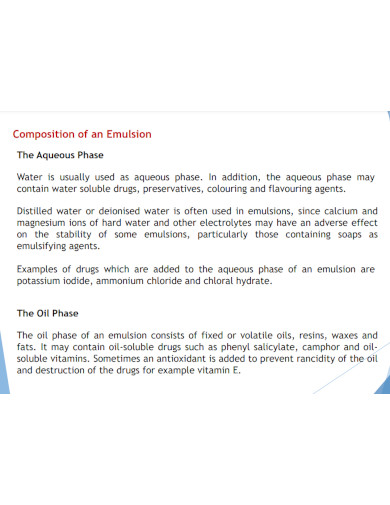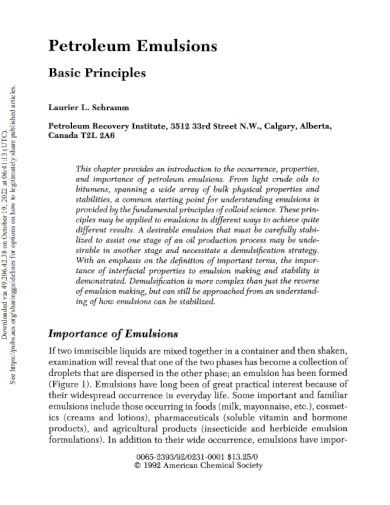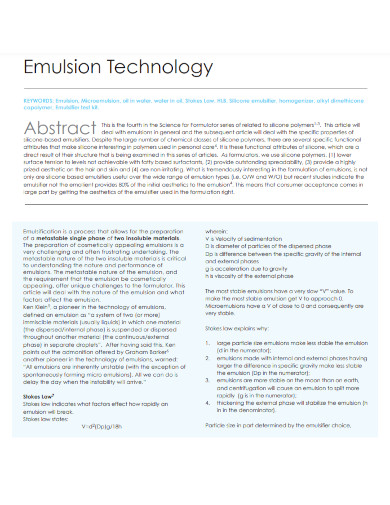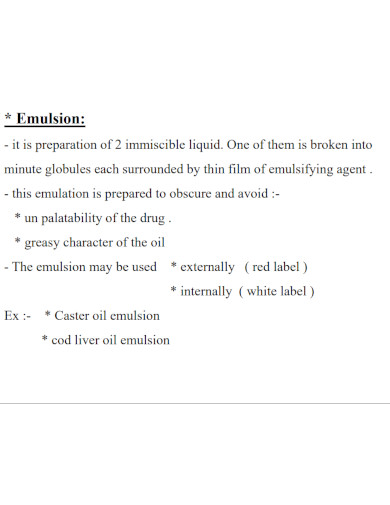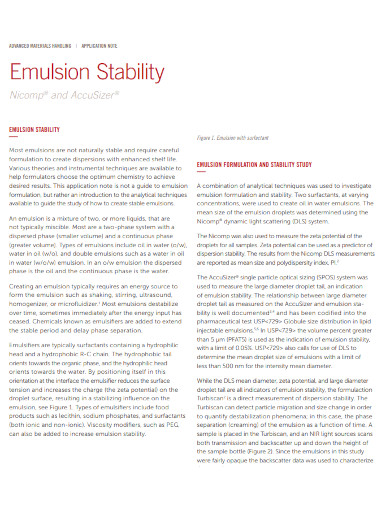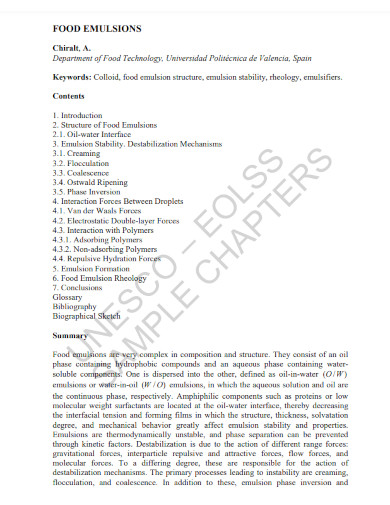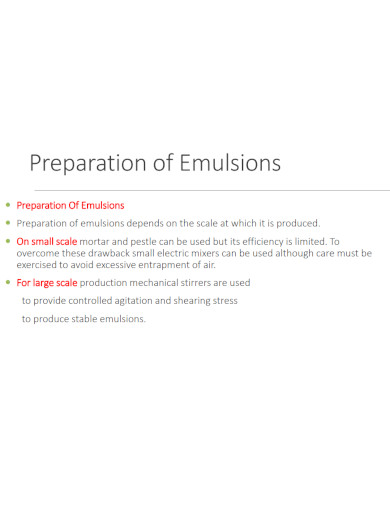Emulsion
Many foods we eat are emulsions like ice cream, margarine, and milk. Not only are emulsions used for food, but we also use these products, services, and commodities that utilize emulsions in different contexts like petroleum gels, silicone, and vanishing cream.
1. Composition of an Emulsion
2. Petroleum Emulsions
3. Emulsion Technology
4. Dispensing Emulsion
5. Emulsion Stability
6. Silicone Emulsions
7. Food Emulsion Template
8. Preparation of Emulsions
What Is an Emulsion
An emulsion is a type of mixture that is outlined by its immiscible ingredients, which are a product of two or more elements that have different surface tension. If you want to learn more about emulsions you may read up on any of the articles on how to dispense emulsion, the relationship between emulsions and technology, the stability of the emulsion, and how to prepare emulsions.
How To Differentiate an Emulsion from a Solution
Like all compounds, it is very important to be able to distinguish between emulsions and other types of combinations. Knowing whether the mixture is an emulsion or a solution, allows us to understand whether people can separate the ingredients via different methods and means.
Step 1: Check the States of The Two or More Ingredients
An emulsion is usually formed by two or more ingredients with chemical properties and physical properties that are liquid in form. This means that you must check whether the ingredients used in the emulsion are in liquid form. Note this does not mean that the emulsion is going to be fully in liquid form, as the ice cream is an emulsion that is consumed in its solid state.
Step 2: Determine Whether the Emulsion can be Separated
Most emulsions will have their ingredients in a way that is hard to separate. Check and determine whether it is possible to separate the ingredients.
Step 3: Examine If All the Ingredients are Mixed
People create emulsions from two or more immiscible ingredients. This means that the ingredients cannot mix, so if the mixture has two ingredients that do not mix then it can be considered an emulsion.
Step 4: Check How Light is Dispersed in the Mixture
In an emulsion, when a person shines a light through it, a cloudy textured liquid is seen. You must shine a light through the mixture to check whether said light is dispersed through a cloudy liquid.
FAQs
What are the different types of emulsions?
Scientists and chemists base the types of emulsions on their mixture or particle size. The two types of emulsion based on the mix of water and oil are oil-in-water emulsion (O/W) and water-in-oil emulsion (W/O). A macro-emulsion is a type of emulsion where the droplets of the mixture are above 10mm. Mini-emulsion is a type of emulsion where the droplets are at the in-between of 0.1 – 10µm. Micro-emulsion, on the other hand, has droplets in-between 100-600nm. Lastly, a nanoemulsion is an emulsion whose droplets are below 100nm.
What factors affect emulsion?
There are plenty of factors that affect the rate of emulsion formation in a specific given mixture. These factors include the time of agitation, temperature, the ratio between the two ingredients, dispersion of the ingredients, the amount of mechanical energy used, and the presence or absence of impurities in the ingredients. When used and paced correctly, the chemist can guarantee the creation of the specific emulsion
Is Milk an Emulsion?
Milk is a white, heterogeneous, opaque emulsion, colloid suspension, and solution comprising various ingredients. In actual solutions, lactose, certain minerals, soluble proteins, and proteins are present as an emulsion together with colloidal suspensions of fat. Milk also exemplifies the diverse dynamics that all emulsions exhibit.
The emulsion is a type of mixture that has two-or-more unmixable and insoluble liquid ingredients. A lot of modern-day combinations rely on the existence of emulsions. Modern examples of emulsions are ice creams, mayonnaise, and milk. Therefore one should know how to identify emulsions from other compounds or products.




